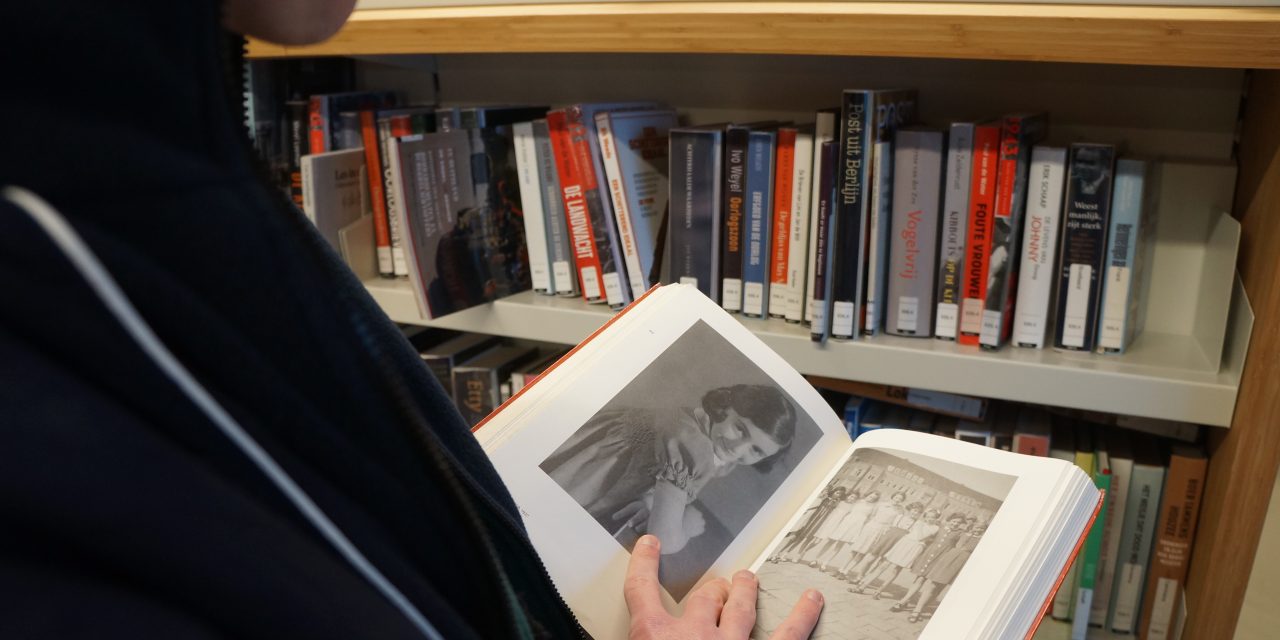Eighty years has passed since the liberation of the last concentration camp marking the end of the Second World War and as the time passes the gap in knowledge between generations in memory of the second world war increases. Studies show a gap in knowledge in younger generations about the history of the Second World War, so how is the iconic historical figure of Anne Frank remembered among newer generations?
Anne Frank, is a symbolic victim of the holocaust made famous by the publishing of her diary and short stories by her father Otto Frank after the end of the Second World War.
Anne Frank’s diary has been translated and published into 65 languages and despite her symbolic status and renowned recognition a comprehensive study conducted by the Conference on Jewish Material Claims Against Germany shows a growing knowledge gap among younger generations.
The survey looks into the knowledge gap in young adults between 18-29 years old from eight different countries and found various knowledge gaps in different countries and the selected age group reflects the most recent local education systems.
It also reveals the disparity of the knowledge gap between generations but also the distortion of knowledge. This includes the misinformation of the death toll in the holocaust.
Six million Jews were killed in the holocaust but the survey shows that over 20 per cent of respondents in seven out of eight of the surveyed countries believed that less than two million Jews were killed. With Romania having the highest percentage of adults believing this at 28 per cent, as well as 53 per cent believe that the number of Jews killed has been exaggerated.
Greg Schneider, the Claims Conference Executive Vice President, says in the report that with the rapid decline of the population holocaust survivors, “we are at a critical and irreversible crossroads. Survivors, our most powerful educators, will no longer be with us much longer.”

(An Anne Frank book on the shelf. Photo by Jadie Leung, 2025.)
The survey shows a great support of nine in 10 adults believe in the importance of teaching about the holocaust, in part to prevent it from repeating. Among those adults, some believe that learning about Anne Frank added to their understanding and learning of the Second World War as it brought more perspective to the historic event.
“I think it’s more emotional to have an individual’s experience written down, we knew 6 million Jews were killed and we knew a lot of them were children but it’s hard to think of the humanity side of it hidden behind the big numbers if that makes sense?” says Ciara McCrave, a twenty-one year old student from Ireland. “So by reading from Anne’s pov it was more moving.”
Anne Frank’s story brought new exposure and perspective to many young adults learning about the Second World War. Twenty-one year old student from Spain, Judit Marsal Gracia, learned about Anne Frank when she was around 8 years old. “I think it helped me to feel more empathetic about her story and all the other ones, as they usually teach us about World War Two as an event but forgetting they were real people and children,” she says.




